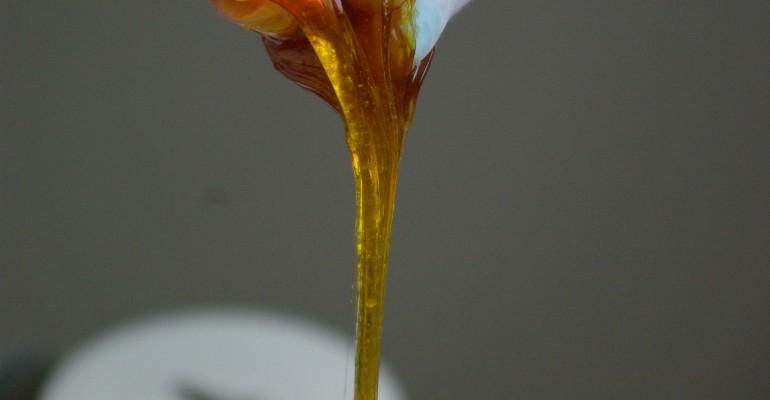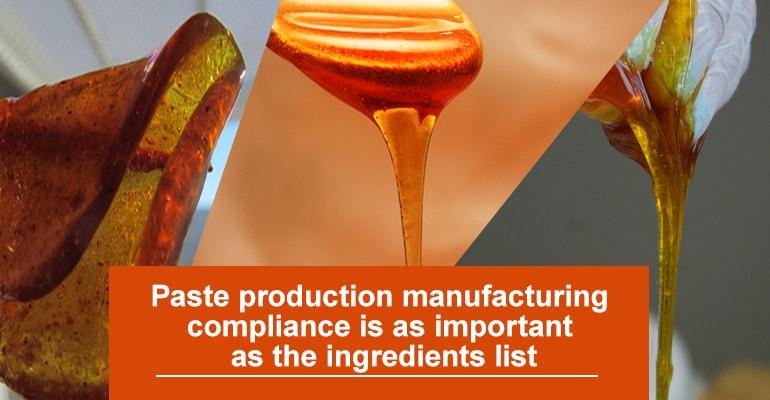
What does the professional paste for sugaring consist of?
High quality professional sugaring paste has a completely natural composition. Because of that, it is hypoallergenic, environmentally friendly and completely safe. It looks like a dense paste of golden or caramel color. Most often the sugaring paste consists of sugar, water and lemon juice. Some manufactures replace ordinary sugar with the cane one. Many people prepare the pastethemselves, but it’s very difficult to achieve the desired density. What’s for the purity of the product, it is completely impossible to produce the paste compared to the professional one. The paste should not be too liquid or too hard.
Consistency or density of SUGARING FACTORY professional pastes
The pastes of different density are used for different areas of the body.
|
LUXURY PRO SOFT (super soft) LUXURY HOME - SOFT |
Suitable for removing fine and light hairs, including facial hair. Can be used in bandage and squeegee-techniques. |
|
LUXURY PRO ULTRA (medium) LUXURY HOME - MEDIUM |
All-purpose paste, suitable for epilation of legs, arms, back, etc. Can be used for any technique (manual, bandage, squeegee). |
|
LUXURY PRO ULTIMA (hard) LUXURY HOME - HARD |
Suitable for deep bikini epilation, underarms, short and hard hairs removal. |
Professional paste LUXURY PRO consists of fructose, glucose and purified water. The HOME line is made from sugar, natural lemon juice and purified water.
The process of making sugaring paste
So, the professional paste includes fructose and glucose. But what’s about sugar? It's all about the chemical reaction during the production process. The paste is made from sugar, or fructose and glucose with the addition of water. If you add lemon juice, the sucrose (sugar) will fall into fructose and glucose under the influence of acid anyway.

This is a chemical reaction of hydrolysis, ensuring the purity and the required consistency of the paste. Such paste is viscous, thick and flexible. Molecules of these substances are much smaller than the sugar ones and can easier penetrate the skin pores, coating the hairs. The hydrolysis reaction requires special conditions, that's why it's difficult to make the right paste at home.
"Interesting" offers of some manufacturers
Some manufacturers write about the presence of various plants, essential oils, etc., in the composition of their paste. Those extracts are supposed to favorably affect the skin after the procedure and improve the overall sugaring effect. In fact, this is a common marketing move. High quality paste for sugaring simply cannot contain any additional inclusions: the hydrolysis reaction happens at a temperature above 178 degrees (350F), so any additives simply burn away.
Another sugaring offer that can be found on the market is a corn starch based product. Of course, it is not suitable for sugaring and is mainly used in the food industry. Another name for such a substance is "molasses" which has extremely unstable characteristics. However, some manufacturers still continue to offer such product as a sugaring paste.
The conclusion is simple: when choosing a paste, pay attention to the composition. It must contain sugar (fructose, glucose) and water, and also, in most cases, lemon juice. Otherwise, it is not a paste for sugaring, but something else. Depending on the epilation areas, choose the appropriate density.
We wish you success in sugaring!


 Cart
Cart 